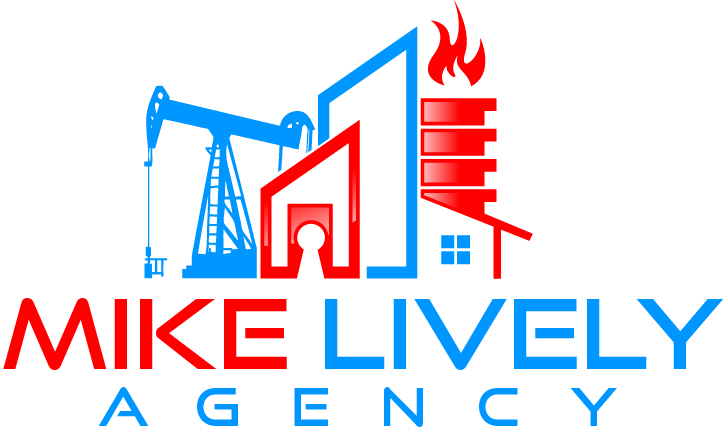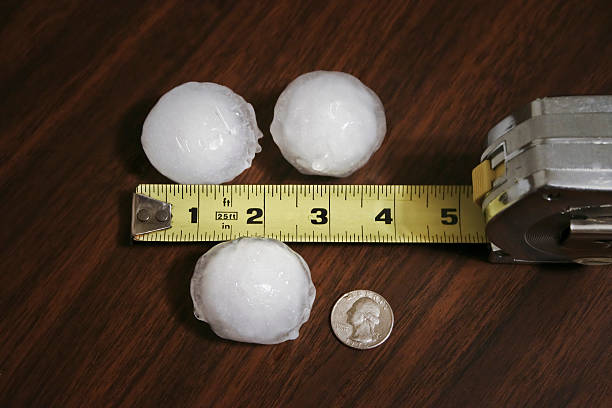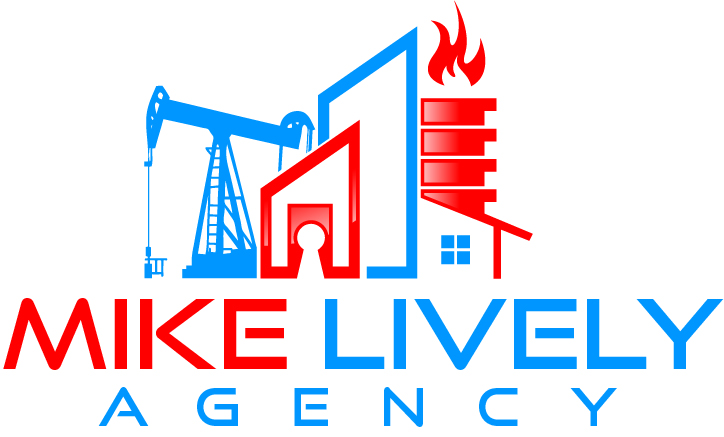Your home insurance should cover hail damage in Texas.
Hailstorms and Texas go together like brisket and bbq.
It’s not about “if” but “when” a hailstorm will pass through West Texas.
Many in Midland and Odessa know the damage a Texas-sized hailstorm can leave in its wake.
So what should you do when all hail breaks loose on your home’s roof this upcoming spring through fall?
Does Home Insurance Cover Hail Damage?
You want to answer this in the affirmative before the hail damage comes. Texas insurance policies typically cover hail damage to your roof, unless you have a specific exclusion written into your policy.
With the number of hailstorms each year taking place predominantly in Texas, mortgage lenders often require that you have this protection in place to cover your dwelling and other structures on your property.
What Should I Do if I Suspect My Roof has Hail Damage?
The first thing you should do is assess the damage. Look for dents, punctures, and other signs of hail damage on the roof.
If there are any holes or breaks in the shingles, it’s important to have them promptly (but not permanently) repaired by a qualified roofer. This will help prevent further damage from water leaking into your home.
It’s also important to take pictures of the damage, especially before any temporary repairs begin, and contact your insurance agent (here at Lively Insurance Agency, preferably).
Your homeowner’s insurance should cover the whole or partial cost of repairs, depending on your policy.
If you do need to repair or replace your roof, it’s important to hire a qualified, licensed contractor to do the work.
Ask for references and make sure they have prop insurance and bonding. You should also get a written estimate from the contractor prior to any work starting.
Finally, make sure to keep records of all temporary repairs and materials used for the roof. This will help you if you decide to file a claim with your insurance company.
How to Make a Hail Damage Insurance Claim
If you suspect that your home has damage from hail, the first step is to contact your insurance agent. They will help you verify whether or not your policy covers hail damage, and the limits of coverage, and advise you on the best course of action.
Once determined that you can make a claim, your insurance company will typically require an inspection from an adjuster to assess the damage. After this, you can then begin to make claims for repairs or replacements.
Timely repair or replacement of your roof is essential after hail damage occurs. Not only does it protect your home from further damage, but it can also help keep your insurance premium from increasing.
For any repair work done by a qualified contractor, keep all receipts for insurance purposes.
Reasons Why Roof Claims Are Denied & How To Get Them Approved
Life and policies can hit snags, especially if you don’t understand what protection you have in place.
Some homeowners receive the bad news about how their policy doesn’t cover their roofing claim from hail damage the way they thought it would.
We list some common reasons why this happens:
Wear and Tear
Wear and tear can be a major factor when it comes to roof claims being denied. Homeowners may not realize that their roof is due for replacement or repair due to normal wear and tear, and only exacerbated by hail damage. Insurance companies will typically exclude “normal wear and tear” from covered damages, meaning that if your roof was already in poor condition prior to the hailstorm, you may not be eligible for coverage.
Inadequate Records
If you have inadequate records of your roof’s condition prior to the hailstorm, then it can prove difficult to demonstrate that the damage caused came from hail, rather than by something else. Insurance companies will often require proof that the damage was from hail, such as photos or videos of the hailstorm, as well as records of the condition of the roof prior to the storm.
Improper Repair
Lastly, if incorrect repairs took place or did not come by a qualified contractor, then your claim may receive denial. Insurance companies will typically require that any repairs be done by a qualified contractor who is properly bonded and insured.
Previous Damage
One of the most common reasons why a roof claim is denied is due to previous damage. If your roof was already in poor condition prior to the hail storm, you may not be eligible for coverage. Insurance companies will typically exclude “normal wear and tear” from covered damages, meaning that if your roof was already in poor condition prior to the hailstorm, you may not be eligible for coverage.
Partial Damage
Partial damage is when the hail storm only affects a portion of your roof. This can prove difficult and unclear as to how to determine the extent of the damage and whether or not it was caused by the storm. If you are making a claim for partial damage, it is important to provide your insurance company with photos or videos of the damaged area before and after the storm.
Claims Filed Too Late
When filing a claim for hail damage, it is important to do so in a timely manner. If a claim is filed too late, the insurance company may deny the claim due to the time limit on filing claims. Generally, insurance companies require that a claim be filed within a certain period of time after the hail storm has occurred. This time period varies from company to company, so it is important to be aware of any deadlines.
If your claim is denied due to any of these reasons, you can appeal the decision. This happens by submitting a request for review to the insurance company and providing additional evidence to support your claim.
To get your claim approved, you must provide the insurance company with adequate proof of damage from the hail storm. This includes photos or videos of the damage and records of the condition of the roof prior to the storm. Additionally, if repairs prove necessary, they need completion by a qualified contractor who has proper bonding and insurance.
Hailstorms can cause serious damage to roofs in West Texas, but with proper preparation and careful repair work, you can minimize and mitigate the damage and keep your home safe from future storms.
In Midland, Odessa, and West Texas, where hailstorms tend to happen, make certain you have the right coverage if your roof takes a beating.
Don’t hesitate to reach out.


